Is your child being bullied? Here’s what to do when your child has been bullied in 12 steps.
1 in 5 kids will be bullied. Is your kiddo one of them?
When your child comes home with bullying stories, it can be hard to know what to do.
But sadly, I’ve been there, several times: Mean girl actions, bullying over a disability, religious bullying, and sexual orientation bullying.
You might be infuriated.
You might be devastated.
You might be heartbroken.
You’re might be all three things at the same time.
And since I’ve been where you are now, here’s what you need to know and here’s what you need to do once your learn your child is bullied.
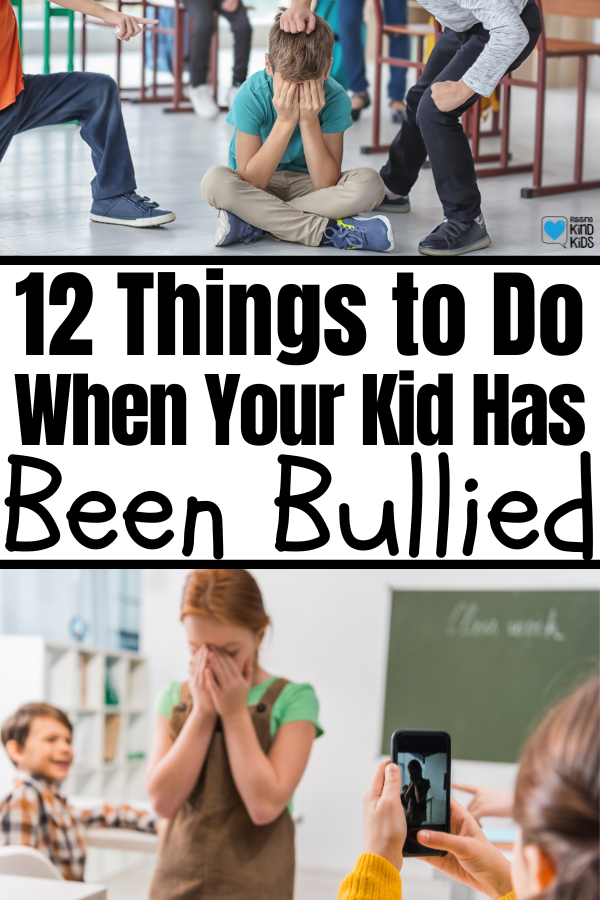
1. Stay Calm When Your Child has Been Bullied
When our kids tell us they’ve been bullied or harassed, our first Mama Bear instinct is to be so angry and hurt for them that our reactions can feel big and scary. You might feel mad, frustrated, hurt, scared, worried, pissed off, devastated, or heartbroken.
But your big emotions will not help your child at all.
When I’ve had big reactions to my kids’ bullying issues, they’ve kept future incidents private from me in order to keep me from being mad because they were trying to protect me. Which was never my intention.
As the only adult in the situation, we have to regulate our own reactions so we can be there for our kids and give them a safe space to have their reactions.
Take deep breaths.
It’s not easy to stay calm, but you have to for their sake.
You can feel all the emotions and scream and cry…later.
2. Reassure Them
It can feel so scary to be bullied. And confusing. And they may be in pain.
Our kids will need us to reassure them of a few things:
- You did nothing to deserve this.
- This is not your fault.
- What happened to you is not okay.
- I will help you.
- I will make sure you are safe.
- I am here for you.
- I’m so sorry this happened to you.
- You are not alone. You don’t have to deal with this alone.
- You can always come and tell me anything.
- I believe you. I hear you. I see you.
- Thank you for confiding in me.
- You are loved and valued and I’m so glad you’re my kid.
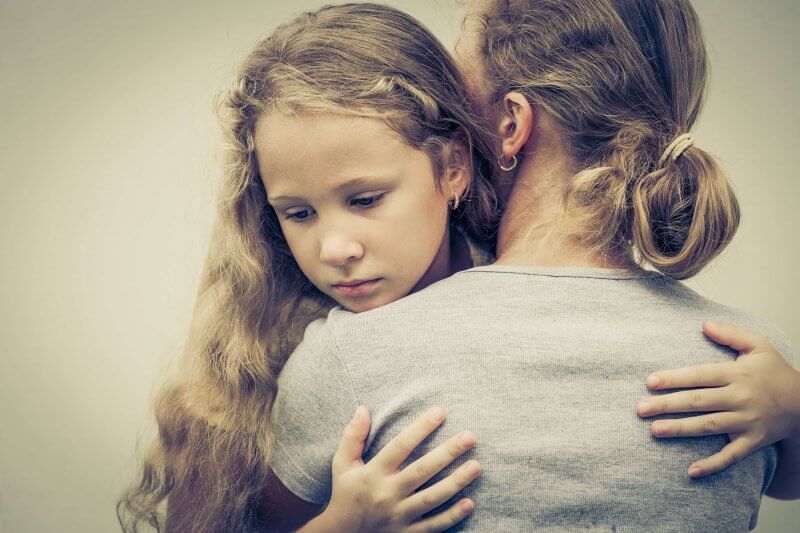
3. Get Information
While staying calm, get more information about the incident(s) because you will need as much info as you can to report it. Ask your child some questions without being accusatory or pressuring them.
Ask your child questions like:
- Do you know their name? (If they don’t, maybe they can find the kid(s) in the school yearbook)
- When did this happen?
- How often has it happened?
- When did it start?
- Did anyone else see it?
- Did it happen to anyone else?
- What were you doing right before it happened?
- What exactly did they say/do?
- What did you do after?
- Did you tell any adults at school?
- Did you tell them to stop?
This will work best if you have more of a conversation rather than just run through a list of questions.
4. Get Support When Your Child has Been Bullied
Don’t underestimate how much this might affect you when your child has been bullied and take steps to get the support you need.
Reach out to a friend, spouse, a family member, or other mamas in your network.
Bullying can feel very isolating and while you’re going through it, you will feel all alone.
But you are not alone.
Talk it out, hug it out, cry it out and get all the emotional support you need so you feel mentally prepared to support your kiddo.
5. Get Educated on Bullying
Not all mean kids are bullies so you have to know what is bullying and what is not so you know how to best support your child.
Bullying is intentional, deliberate, and repeated aggressive actions (which continue after they’ve been asked to stop or they know they’re causing harm) that involve a real or perceived imbalance of power or control (ie. physical strength, popularity, or the knowledge of embarrassing information).
And there are four kinds of bullying that “hurt, harm, or humiliate:”
-Social or Emotional Bullying-social exclusion from a group on purpose, spreading rumors, telling others not to be friends with someone, intentional isolation/exclusion
-Verbal Bullying-teasing, taunting, threats to cause harm (written or verbal)
-Physical Bullying– hitting, kicking, spitting, tripping or pushing, breaking or stealing possessions or money
-Cyber Bullying– spreading rumors online, sharing inappropriate information or pictures online, impersonation, threatening someone online, or “outing” someone.
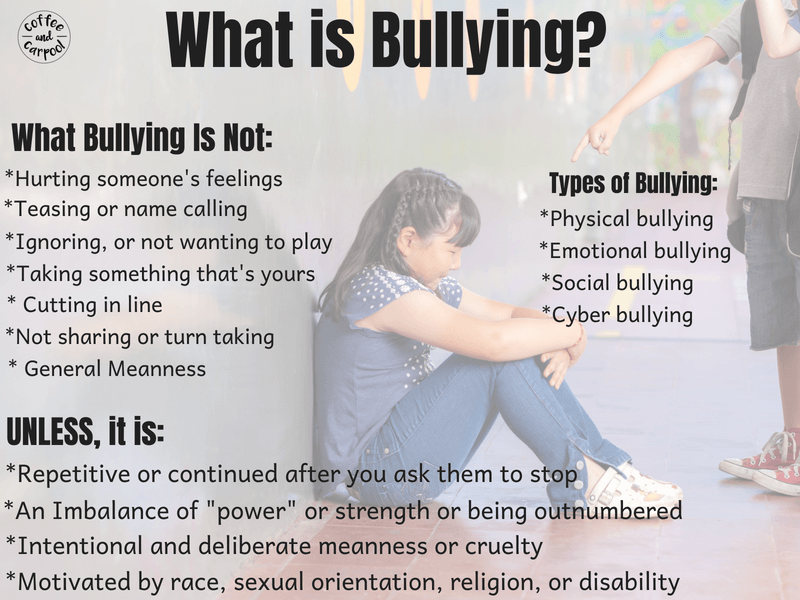
Bullying becomes illegal harassment when the behavior is targeted toward someone because of their:
- race/ethnicity,
- religion,
- gender,
- sexual orientation,
- disability,
- medical need,
- or national origin
You will also need to know the federal laws in place to support your child and your state’s laws regarding bullying so you can educate your child’s school if needed.
The bottom line is every child deserves to have a safe learning environment and the school must take measure to make that happen.

6. Check in on Their Mental Health Often
Our children’s mental health is everything and data shows bullying often leads to self-harm and suicide.
Bullying can be life-altering and have long-lasting negative effects.
Here are 9 Must now Tips to Emotionally Protect Your Child Who Has Been Bullied
Here are Mental Health Activities Everyone Can Use
Here are The Mental Health Conversations Every Parent Needs to Have
Please do everything you can to ensure their mental health. It’s essential.
7. Take Action
There’s no one way to take action when it comes to bullying.
If your child is old enough, and the bullying is not “severe,” you can ask them what help looks like to them.
Do they want you to step in? OR, do they want to learn ways to stand up for themselves?
If the kids are young and you feel comfortable, you can try talking to the other parent and then informing the school that you’re working on it with the other family (honestly, that’s never worked for us, but it might in the right situation).
If you do go to the school, start by informing the classroom teacher of the bullying incidents.
If it’s harassment, you can inform the teacher, but escalate that right to the administration.
Be assertive, without being aggressive and state what you need: “We have a problem and I need your help.” This gets them on your “team” and puts the school on notice in a respectful way that you assume you’re all going to work together to end this.
Put the ball in their court with the statement: “What will you do to ensure my child’s safety and to ensure this doesn’t escalate or get worse? How will you ensure there’s absolutely no intentional or unintentional victim shaming?”
Be super clear about what you want them to do and what you expect: “I need my child to be safe and feel safe when they come to school. This behavior needs to never happen again/this child needs to be moved away from my child/this child needs to be expelled.”
8. Document Everything When Your Child has Been Bullied
Document everything after your child has been bullied.
Send emails to multiple people in the school so there is accountability. When you write the teacher, cc the administration and vice versa.
Take notes during in-person meetings or during phone calls and note when you spoke to someone and what their next steps will be.
You may never need this documentation but if you have to escalate this further, you will need this information.
9. Manage Your Expectations
Assume that the school wants your child to be safe and doesn’t approve of bullying. That is most likely going to be true.
But also assume they staff is really not well-trained in how to handle bullying because most schools don’t handle it well.
So please know that:
- Your child has the right to a safe learning environment (this includes halls, bathrooms, playgrounds, buses, and cafeterias).
- Your child has a right to privacy.
- Your child may have the right to move classrooms or schools.
- Your child does NOT have to “face” his bully or have a heart-to-heart with them.
- You do NOT have the right to know the consequences for the other student (which can be maddening).
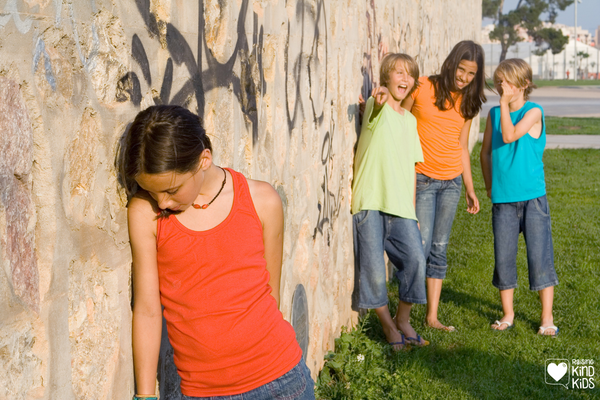
10. Follow Up
Assume that the actions talked about will not occur unless you follow up and make sure they happen.
Call the school. Call the teacher. Call the administration.
Ask all your questions: Did they move the student? Are they observing the student? Are they separating the kids?
And follow up with your child often. Is it still happening? Is that student still bothering them? Has it gotten better/worse/the same?
Check to make sure there isn’t retaliation or escalation after the school stepped in. And as always, keep your child’s mental health in mind as you check in.
11. Escalate if Needed
Sometimes, most times, the results you hope for will not happen.
At the end of the day, if the bullying has stopped and your child is safe, you can put down the pitchfork.
But, if the bullying continues or gets worse, it’s time to escalate.
If you have only talked to the classroom teacher, it’s time to go to the administration (Vice Principal, Dean, Principal, etc).
If you have talked to the administration and nothing is being done to safeguard your child, escalate to the school board and/or superintendent.
If your child is still not safe (physically, emotionally, or mentally), you may need to pull them out of school, change schools, or homeschool them. And if needed, continue to escalate it to the media and/or police.
12. Double Check Everyone’s Mental Health After Your Child Has Been Bullied
Keep checking in on everyone’s mental health, including your own.
Focus on self-care, and keep reminding yourself and your child that this was not their fault. They don’t deserve this. And they are very loved.
Focus on connection with them and ensure they have the support of good, true, friends who value them.
Reach out to a therapist to get further support if you feel like that may help (and to be honest, it probably would help both you and your child to talk to someone).
Because as common as bullying is, when your child has been bullied it feels anything but common.
Related: Want a way to talk about bullying? Get these Bullying Discussion Starters
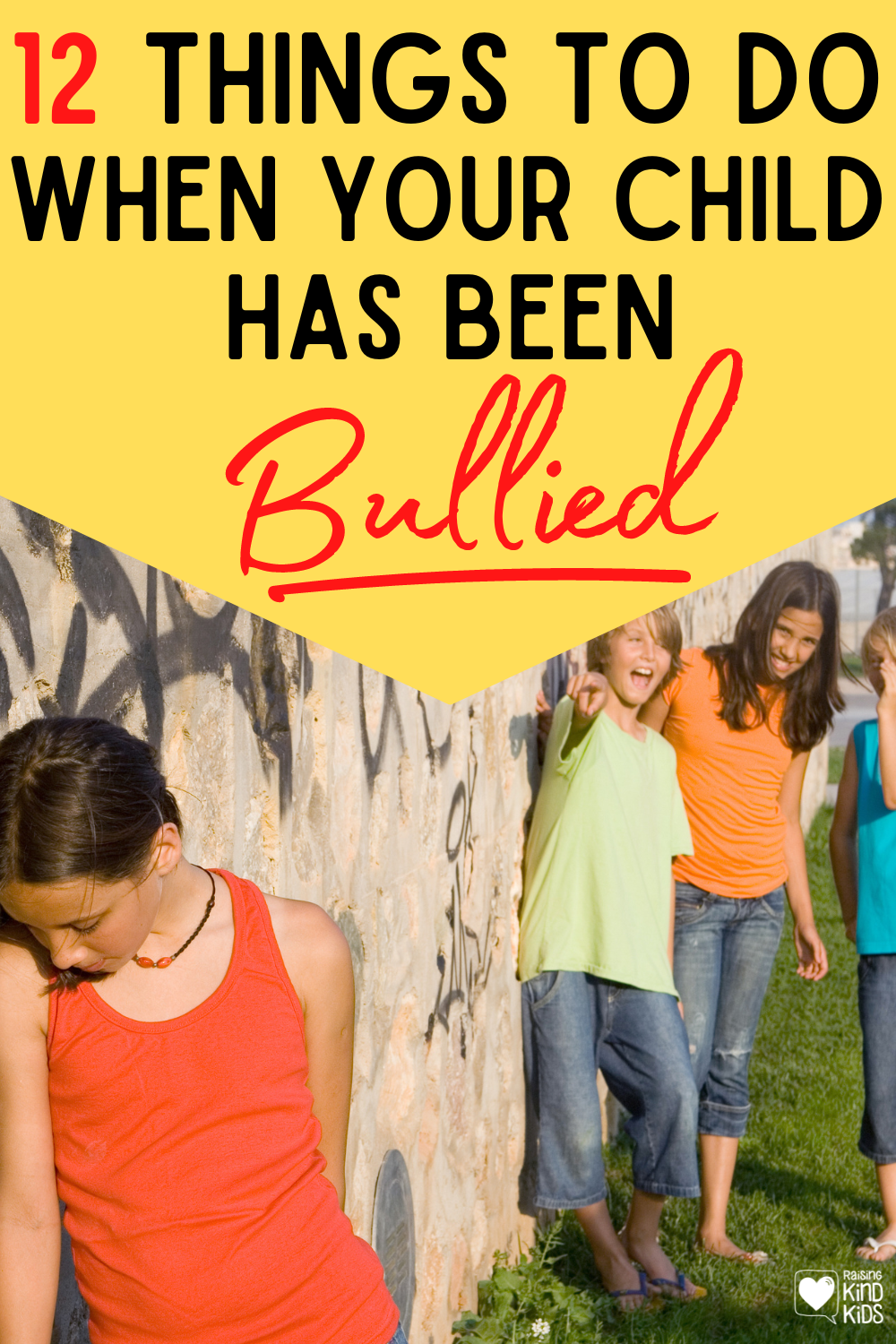


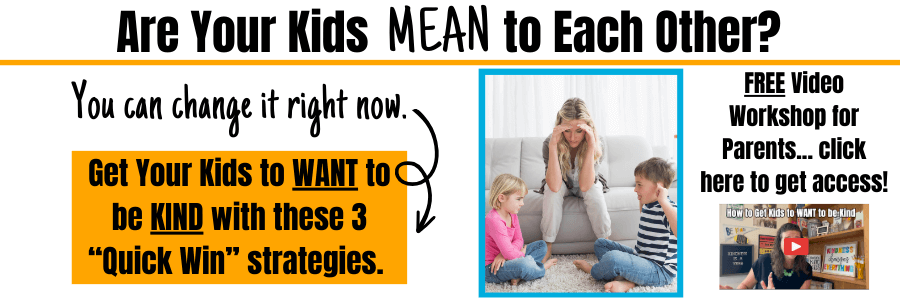
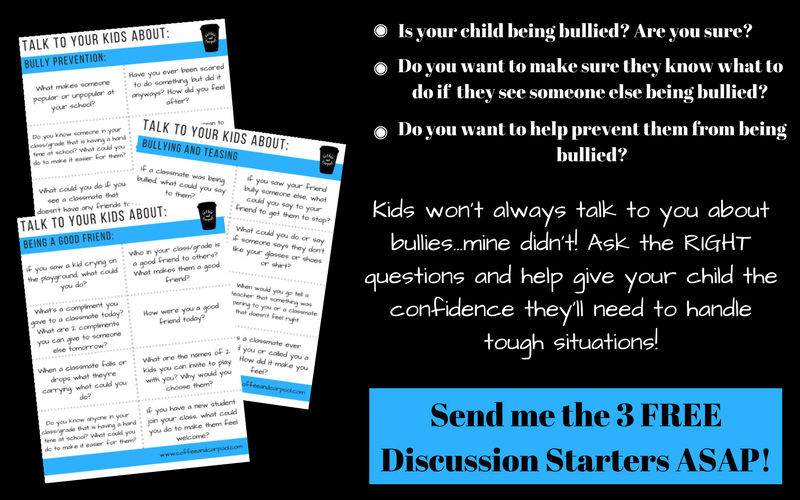
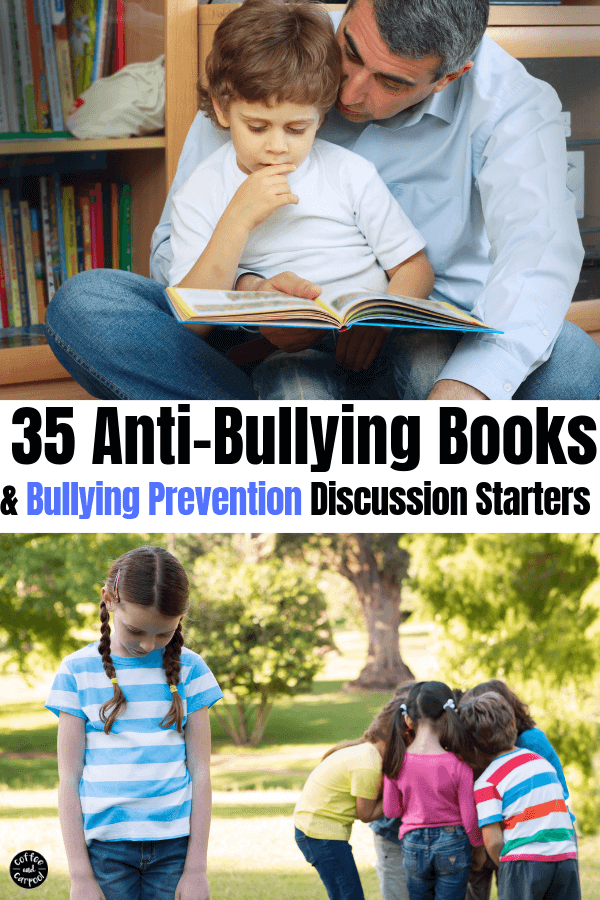
Leave a Reply